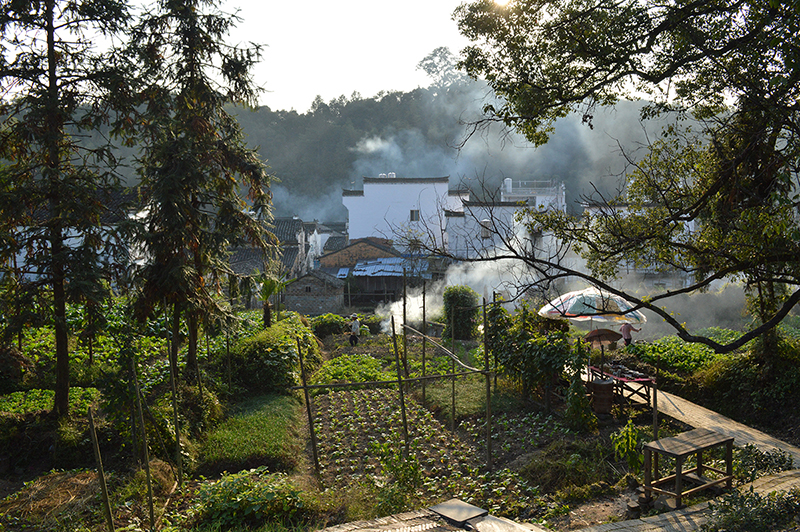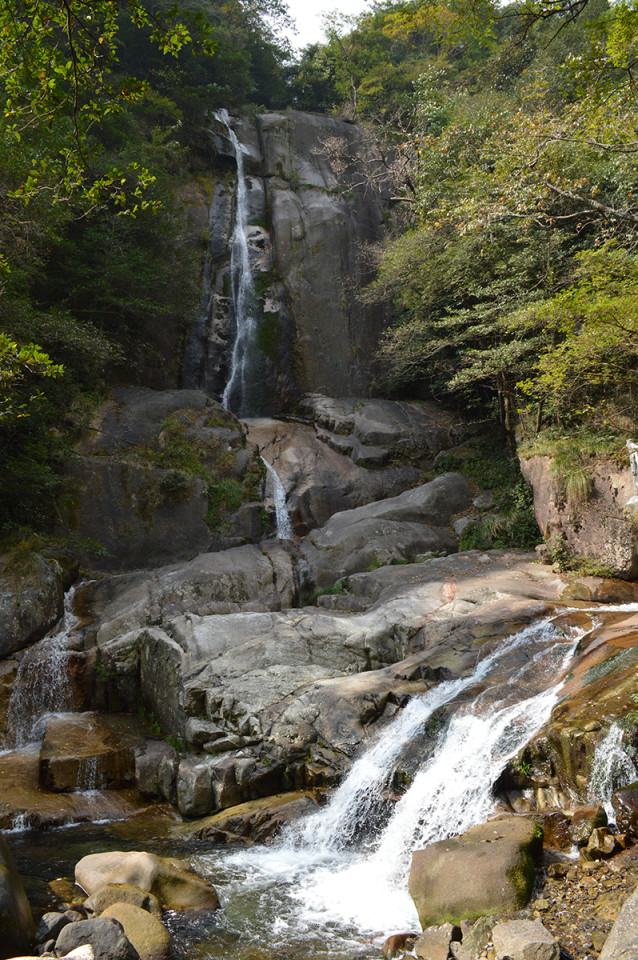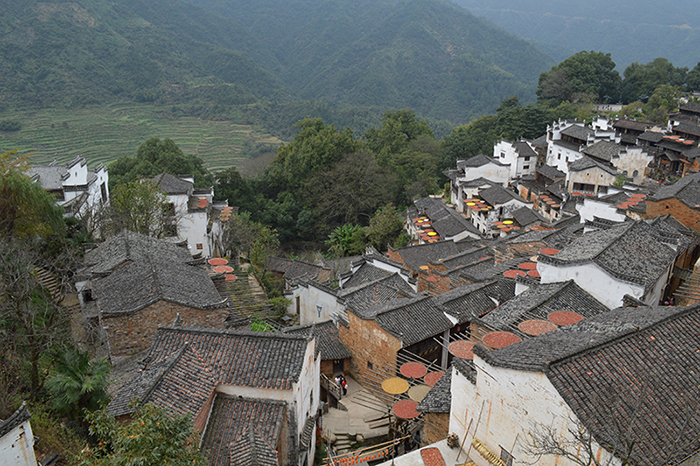A big thank you to Alta LeCompte for a lovely article about my time in China!
This article is published in the Las Cruces Bulletin, February 12, 2016 edition on page B9.
Below the image of the article there is larger text so that you can read it more easily.

Schwaiger to share Jingdezhen experiences
By Alta LeComtpe
Las Cruces Bulletin
Artist and educator Glenn Schwaiger went to great lengths — 7,294 miles to be exact — to bring to Las Cruces a new understanding of ceramics and culture in Jingdezhen, China.
The city has been China’s center of ceramics production for 1,000 years.
Schwaiger, an associate professor who leads the fine arts ceramics curriculum at Doña Ana Community College, will present a talk Tuesday, Feb. 23, on the work of Jingdezhen potters, who have been creating and exporting porcelain for more than 1,000 years.
The lecture will be from 6 to 7:30 p.m. in Room 101, the Health and Sciences Auditorium on the New Mexico State University campus.
In late 2015, Schwaiger spent three months living and working among the ceramic artists of Jingdezhen.
The place where they live and work is called a factory, as is any place of production, Schwaiger said.
Inside the Jingdezhen ceramics factory, craftsmen use a team approach to creating their pieces.
“Each craftsman does a specific skill, from preparing the clay to working with the wheel to trimming the clay,” Schwaiger said. “There are more than 70 distinctive skills, each done by a different person.”
The system of having each person do what they do best makes sense to Schwaiger.
He said the system is efficient, cost effective and also creates social benefits.
“People learn from each other and a sense of community is created,” he said. “That’s enriching for a work environment.”
Seeing Jingdezhen through an artist’s eyes
Those who attend the lecture will see slides of the Jingdezhen potters at work and at leisure, as well as images of their creations and follow Schwaiger’s adventures in and around the city.
“I’ve always been interested in ceramics from Japan, China and Korea,” Schwaiger said. “I wanted to experience something different and new, geographically and culturally.”
During his time in Jingdezhen, Schwaiger stayed in a hostel that was part of the ceramics factory. The factory included the work area and also a kitchen where meals were prepared for the artisans.
“It was some of the best food I ate in Jingdezhen,” Schwaiger said.
Since the pottery workshop kitchen did not serve breakfast, Schwaiger ventured out — usually on his bicycle — for his morning meal.
“Bicycling is faster than walking and reasonably safe,” he said. “The traffic can be very dense. People drive across the grain and scooters cut across traffic. If you’re a pedestrian, you’re like a stone in the river. Traffic just flows around you.”
He enjoyed sampling the food of street vendors, especially sweet potatoes cooked in their portable charcoal ovens, which they transported by pedal-driven wagon.
“I had favorite vendors who would want me to stop and say hi,” Schwaiger said. “If I was on my bike, I would strap the sweet potato on to a little rack.”
Bringing art to the community
At the ceramics factory, Schwaiger attended workshops by local master artists, who demonstrated the technique for Qinghua — blue on white porcelain, a technique many people associate with China.
Like other artists who come from all over the world to work in Jingdezhen, Schwaiger did his own studio work, primarily in porcelain with celadon glaze.
“We worked with porcelain, a fine, pure clay that is translucent and glasslike when fired,” he said.
Schwaiger’s trip was arranged by the Ceramics in China Study Abroad Program at the University of West Virginia in partnership with the Pottery Workshop, an educational facility to foster learning among international artists.
He was part of a group of 10 students visiting Jingdezghen. Although he himself was a student on this trip, his companions called him “uncle” or “shifu,” which means master.
Schwaiger is an associate professor at DACC, where he built the ceramics program from scratch.
He began his teaching career in 1992. Prior to taking a position with DACC, he taught at El Paso Community College and UTEP.
In addition to teaching at DACC and at his studio, he has for 10 years worked on art projects that involve public participation. He has led the creation of public art in the Gadsden public schools as well as in Las Cruces and Albuquerque. Among his public projects was the design and execution of the tile mural in La Placita Downtown in 2011 with his students and members of the public. As part of his current sabbatical year, he is restoring the mural.
“I bring the materials and tools and work with students to develop the design and do tile fabricating for a mural or sculpture,” he said. “As many people as possible have an art experience.”
Alta LeCompte can be reached at alta@lascrucesbulletin or 680-1840
 Handcrafted Porcelain in China: Collaborative Processes and Methods this Thursday, June 23rd, at 6 p.m. at the Shannon Room at Branigan Cultural Center, 501 North Main Street, Las Cruces, NM
Handcrafted Porcelain in China: Collaborative Processes and Methods this Thursday, June 23rd, at 6 p.m. at the Shannon Room at Branigan Cultural Center, 501 North Main Street, Las Cruces, NM
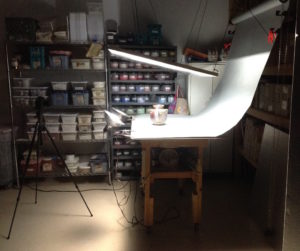 My wife, LeeAnn, has been taking digital photography classes for a couple of years. Instead of buying professional lighting, she asked me to help her hang a piece of insulation from the ceiling to act as a reflector and to install a pulley for a gray seamless backdrop.
My wife, LeeAnn, has been taking digital photography classes for a couple of years. Instead of buying professional lighting, she asked me to help her hang a piece of insulation from the ceiling to act as a reflector and to install a pulley for a gray seamless backdrop.



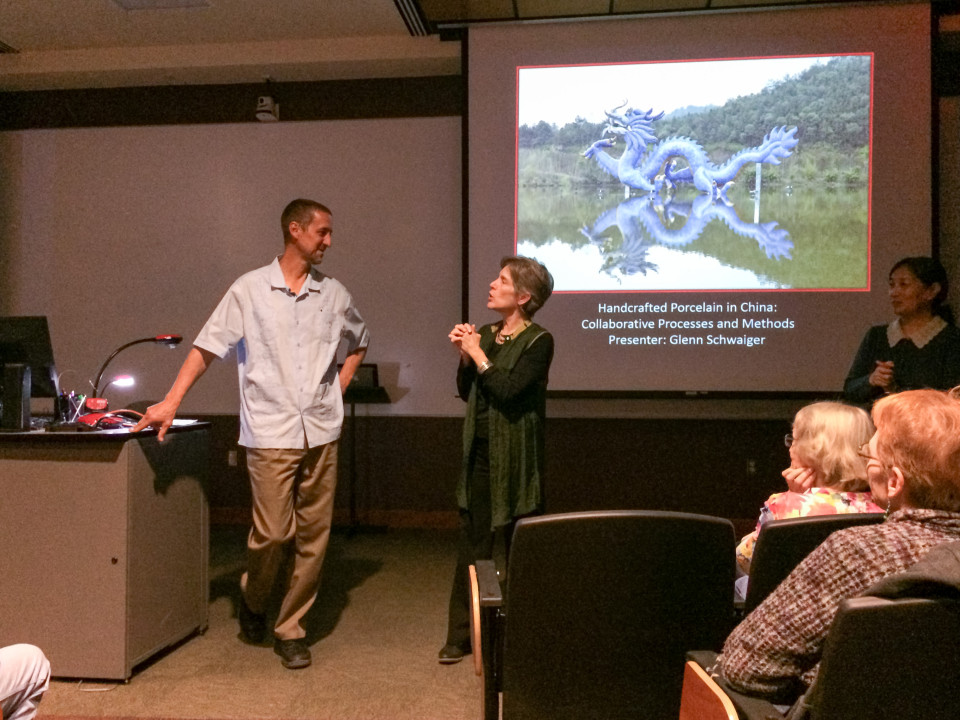
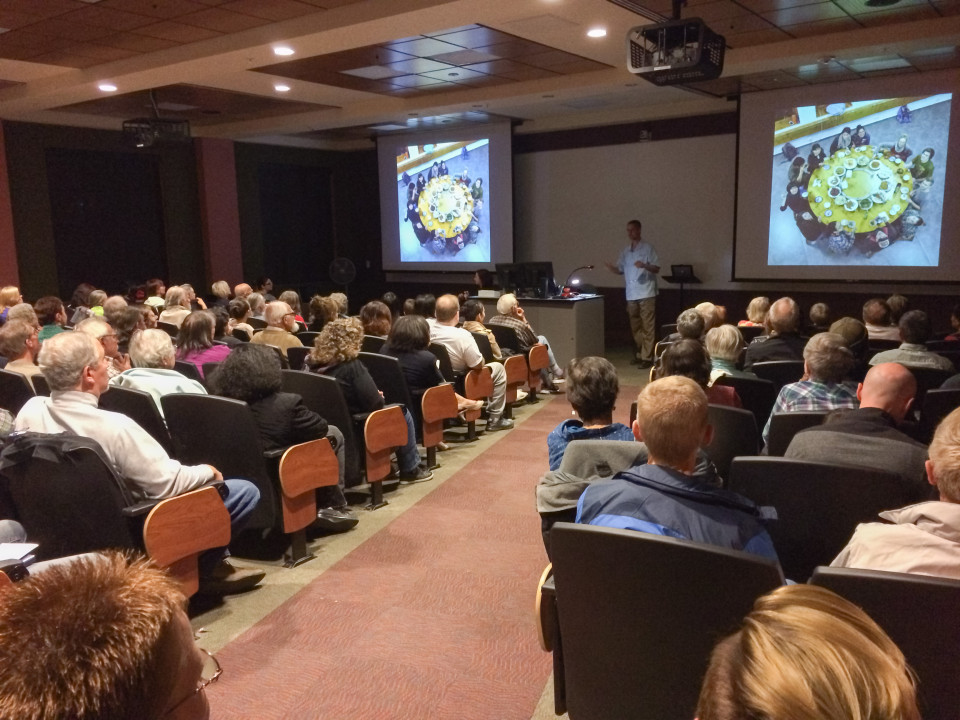
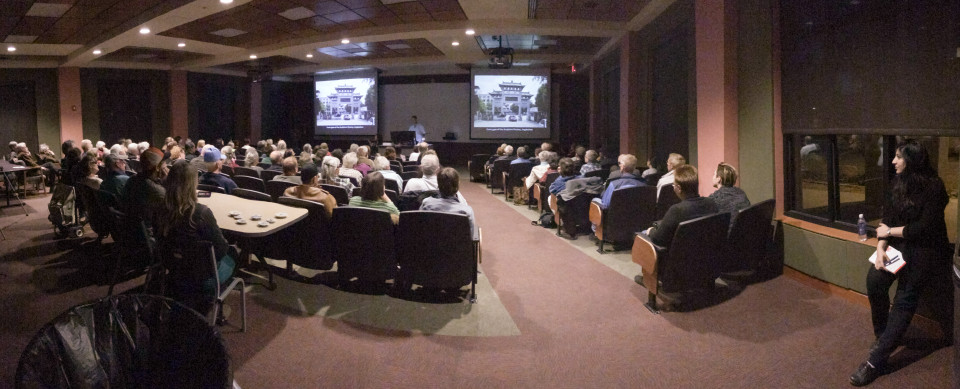

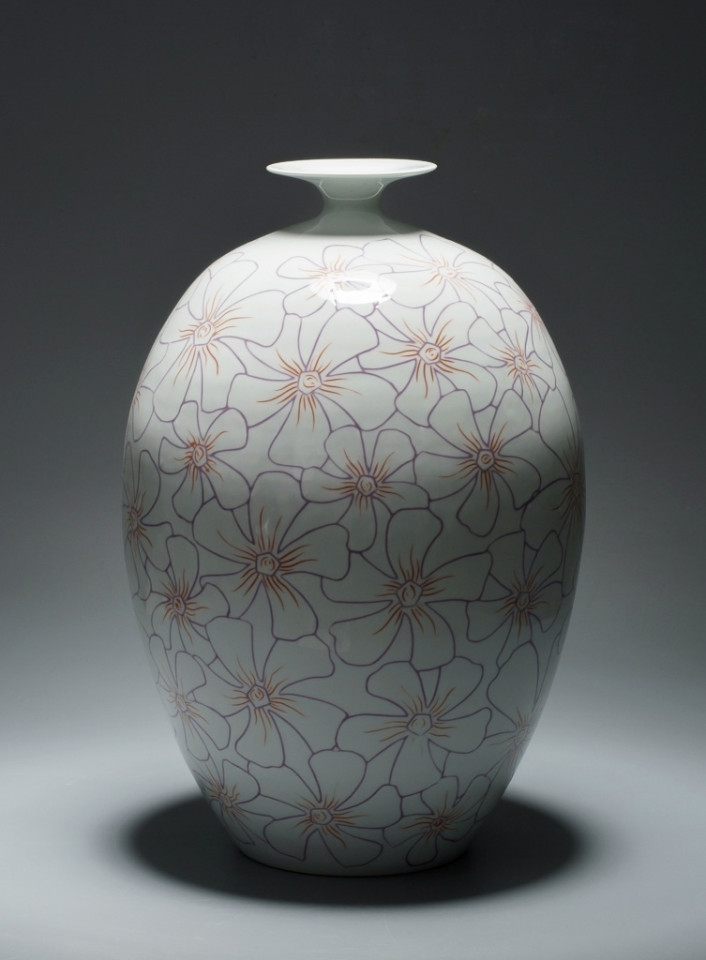
 Carved Vinca Platter, celadon glaze on porcelain
Carved Vinca Platter, celadon glaze on porcelain Modern Interpretation of a Yixing Teapot, stoneware
Modern Interpretation of a Yixing Teapot, stoneware
